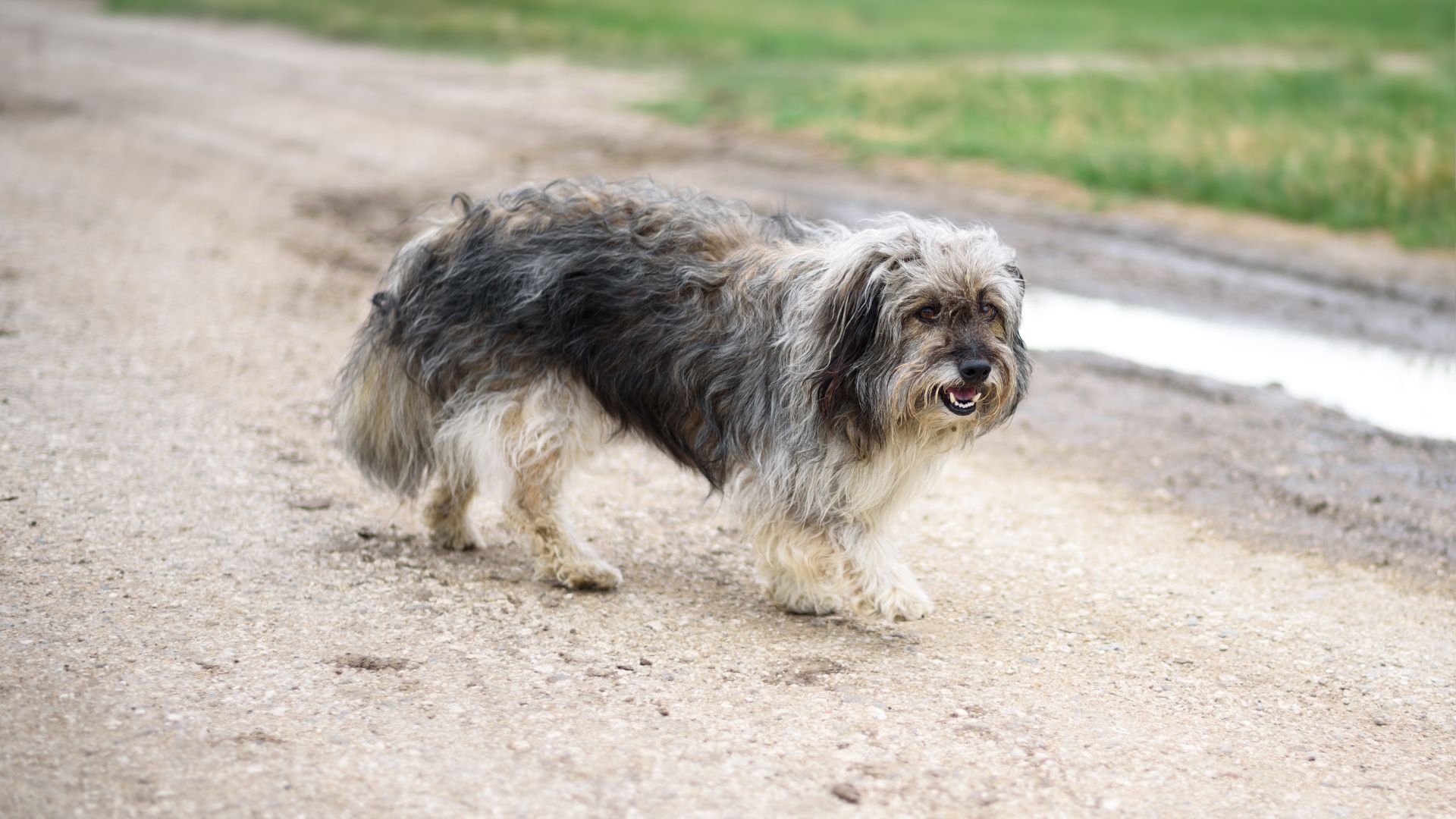Let’s face it — some dogs smell worse than others. And while we love them dearly, a few breeds are known for their unmistakable “signature scent.” Whether it’s the result of oily coats, floppy ears that trap moisture, or a natural musk that lingers long after playtime, these smelly pups sure know how to make an impression!
But here’s the thing: their lovable personalities and goofy charm more than make up for their occasional funk. From the scent-heavy hounds who track every trail to water dogs who carry a bit of the lake home with them, these breeds remind us that love sometimes comes with a little smell.
In this fun and honest list, we’re breaking down nine dog breeds that might make your nose twitch — but will also steal your heart.
We’ll explore what makes them smellier than others and how to manage that odor so you can enjoy every snuggle without holding your breath. Because, let’s be honest — a little doggy smell never stopped a true dog lover!
Fun Fact: That “doggy odor” often comes from oil glands, skin folds, or damp fur—especially in breeds originally bred for water or scent work. Regular grooming and diet balance can help reduce that trademark smell!
Dog Breeds Known for Being the Smelliest
1. Beagle
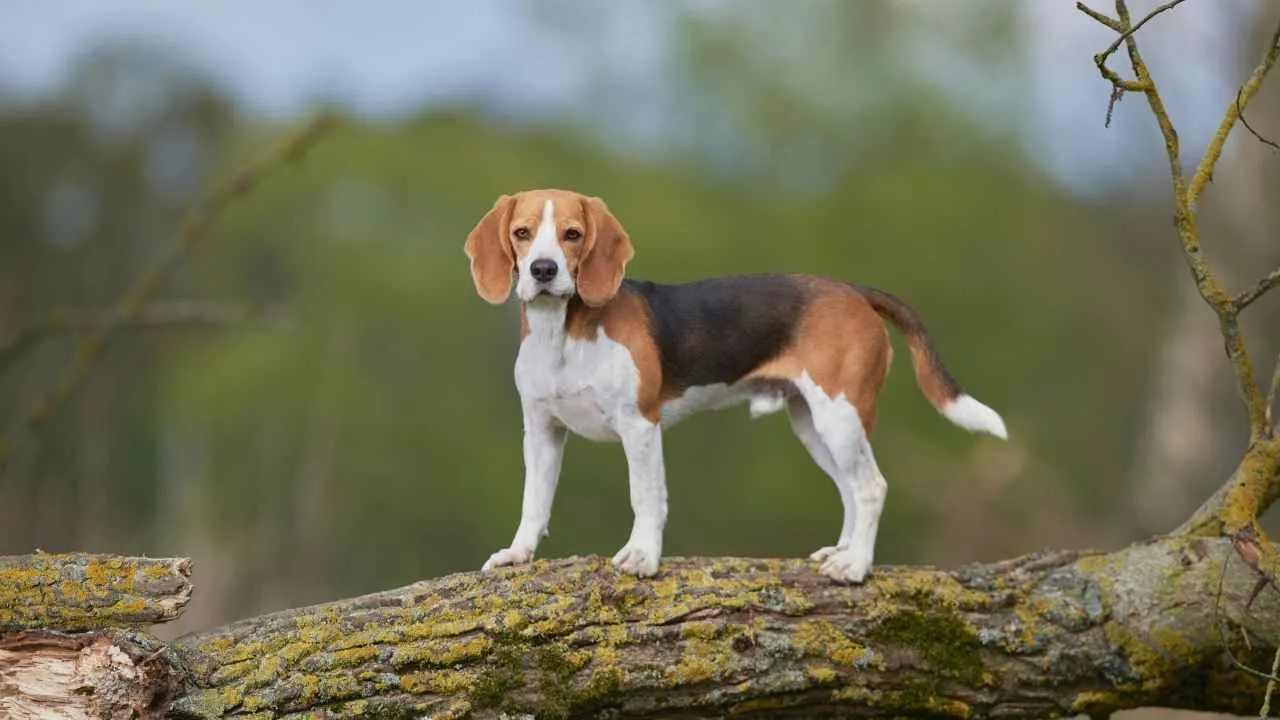
The Beagle is a tiny bundle of energy, curiosity, and surprisingly potent scent. Thanks to their friendly disposition and versatility as both family pets and working dogs, Beagles consistently rank among the most popular dog breeds in the United States.
With big brown eyes and floppy ears, they may look innocent—but their noses are little detectives. They sniff, investigate, and inevitably roll in anything that smells even remotely interesting.
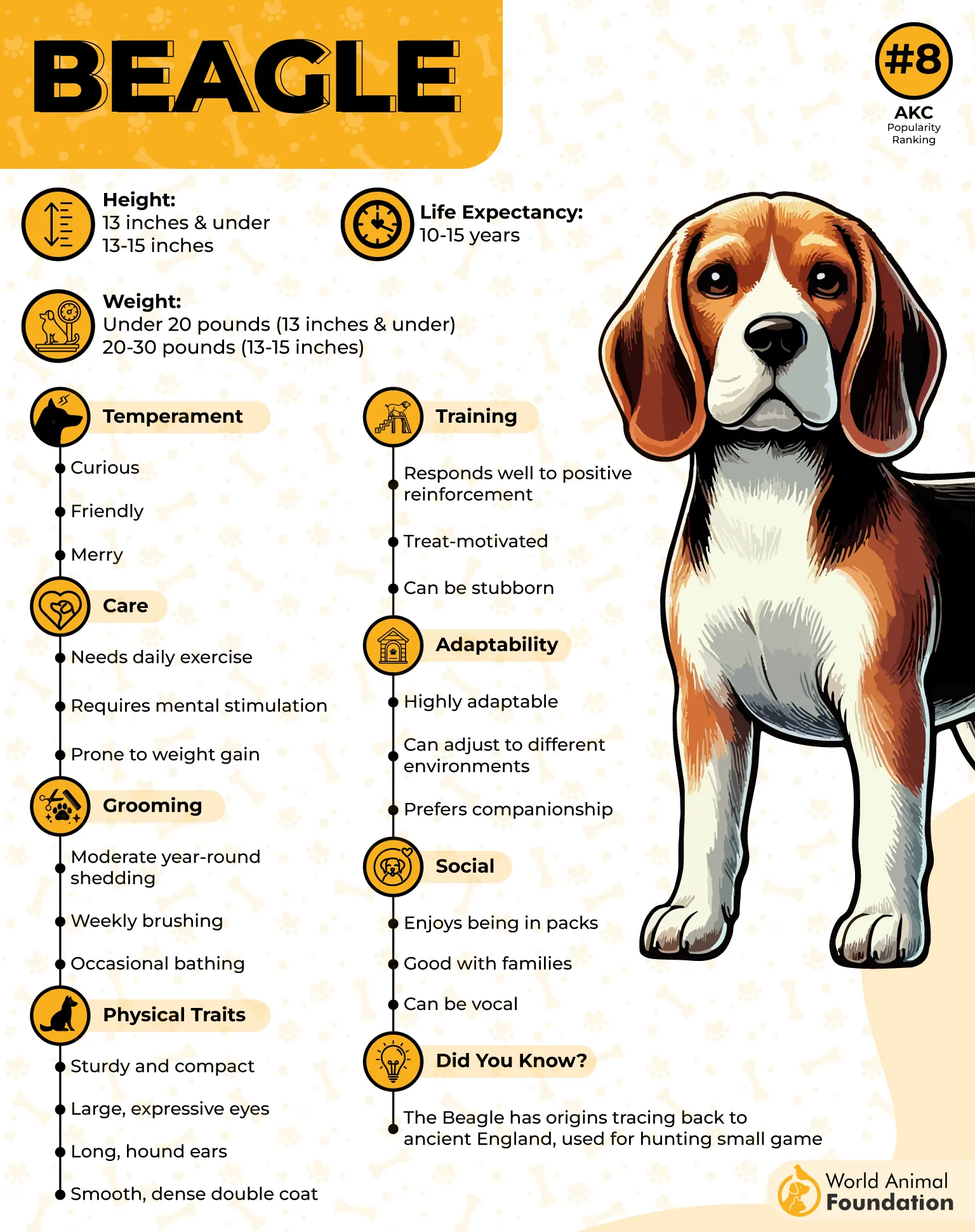
After a romp in the mud, leaves, or a mysterious patch of… well, whatever caught their attention, your Beagle will proudly strut around carrying the scent of adventure. Even a bath doesn’t always erase the signature “Beagle aroma,” making them both charming and occasionally pungent companions.
Sniff master: Anything on the ground is fair game.
Ear traps: Floppy ears hold moisture and scent.
Roll enthusiast: Mud, leaves, or worse—they’ll dive in.
Wet dog smell alert: Baths can’t fully erase the adventure smell.
Beagles are highly adaptable dogs, making them well-suited for apartment living as long as they get regular on-leash walks multiple times a day, no matter the weather.
They flourish with around an hour of daily exercise, and without enough physical activity and attention, they may develop destructive behaviors when left alone too long.
Despite the aroma, Beagles are lovable, playful, and endlessly entertaining. Their scent is just a small price to pay for a lifetime of heart-melting antics.
2. Bloodhound
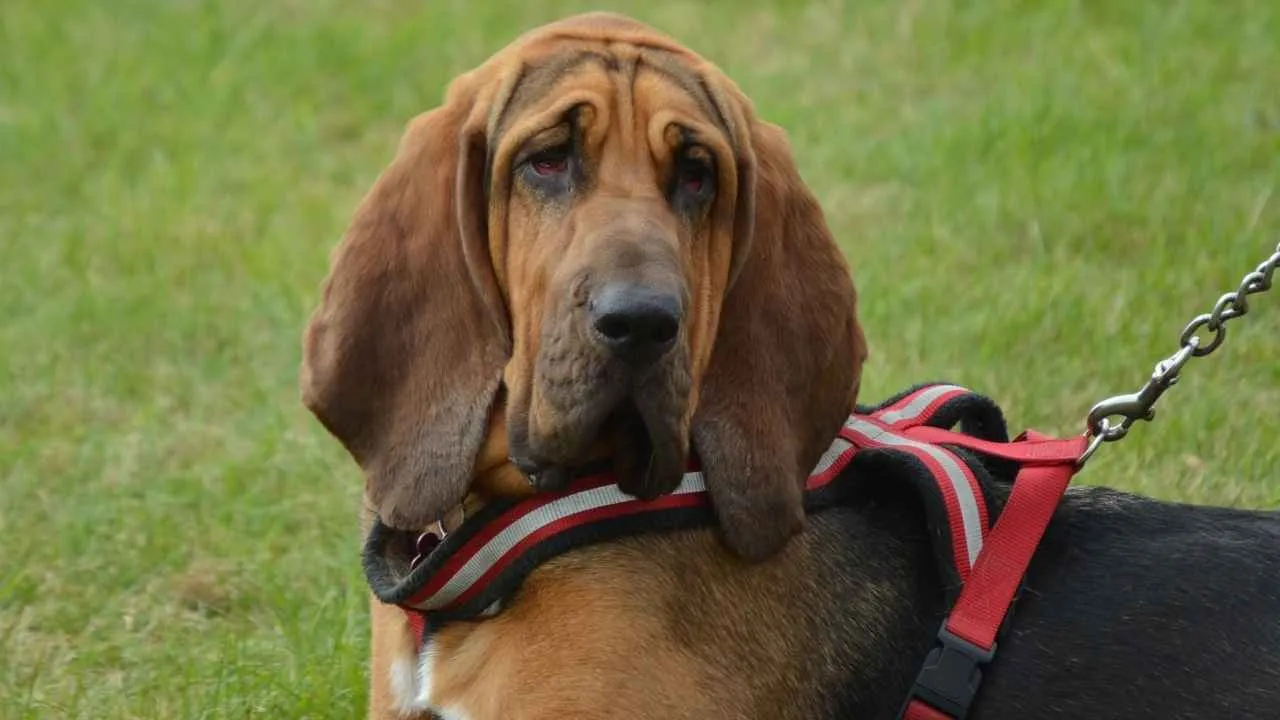
Bloodhounds are the ultimate sniffers of the dog world. With their droopy faces, long ears, and deep facial wrinkles, they look like they’ve just waded through a river of mystery—and honestly, they probably have.
These scent detectives live to track, sniff, and investigate, which means they often pick up every aroma imaginable. Add in those ear folds and loose skin, which trap moisture and odors, and you’ve got a dog that’s charmingly lovable but unmistakably… fragrant.
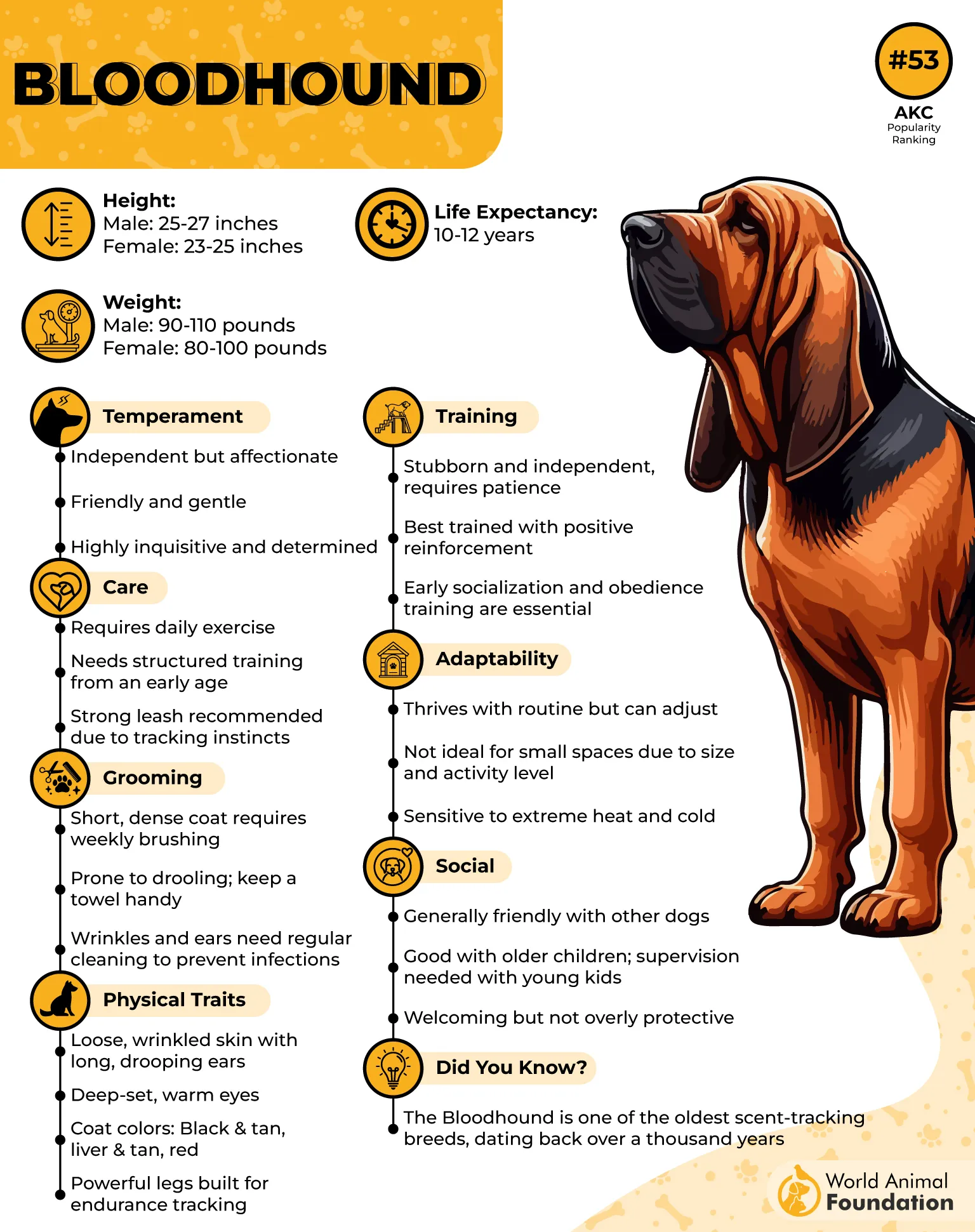
A Bloodhound is like having a walking, sniffing, slightly smelly detective following you around—but you can’t help loving them for it.
Scent detective: Tracks smells obsessively.
Ear & skin traps: Floppy ears + loose skin = odor magnets.
Mud magnet: Loves rolling in outdoorsy messes.
Drool factor: Extra saliva adds to that signature scent.
Despite the smell, Bloodhounds are gentle, loyal, and impossibly affectionate. Their aroma is just part of their sleuthing charm. Bloodhounds are naturally pack dogs and thrive in the company of others, including children and other pets, especially when socialized from a young age.
With the right family, they make an excellent family dog. While they do require patience and consistency during training, their grooming needs are relatively low-maintenance, making them both loving and manageable companions.
3. Boxer
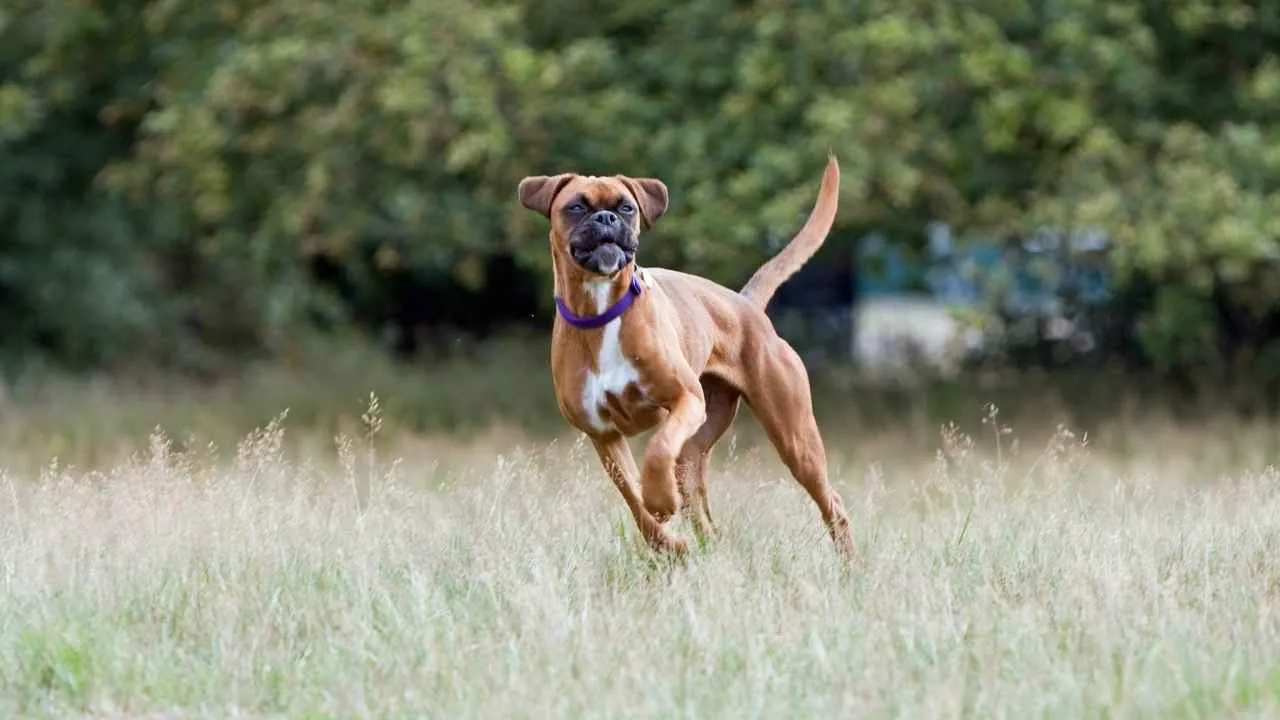
The Boxer, imported to the United States from Germany in the 1930s for hunting, is a naturally athletic and energetic breed, known for its playful jumping and strong running abilities.
These medium-sized, deep-chested dogs are typically well-muscled beneath their smooth coat, combining strength with agility.
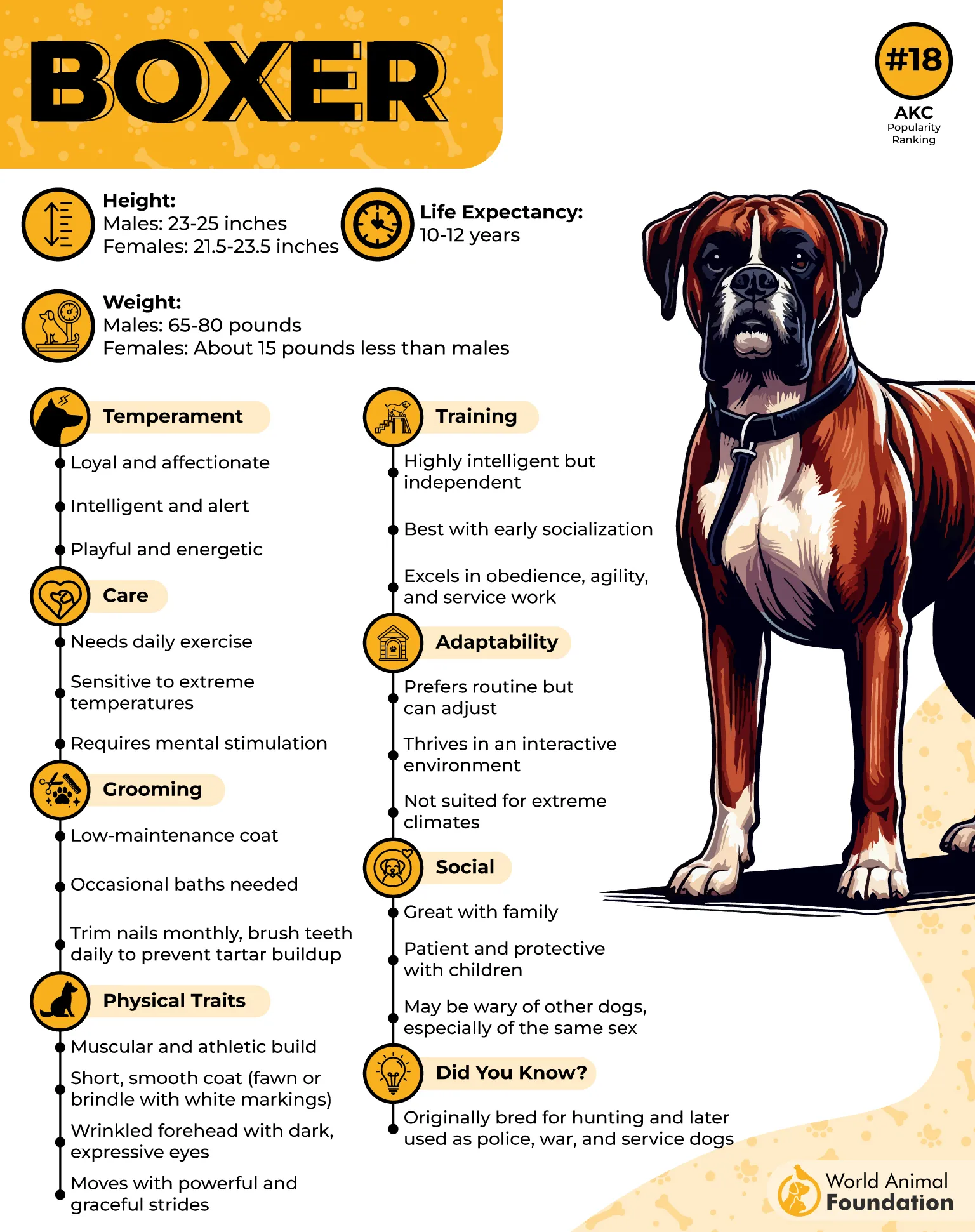
Boxers are lovable, energetic, and downright goofy—but they come with a reputation for… well, digestive drama. Flatulence might as well be listed in the Boxer breed profile.
Their sensitive stomachs mean that a questionable snack or sudden diet change can lead to some memorable “air freshening” moments.
On top of that, their skin produces more natural oils than most short-haired breeds, especially in warm weather, giving them a slightly musky aroma that says, “I’ve been living life to the fullest—even if it’s a bit smelly.”
Oily skin: Adds a warm, musky scent.
Energetic adventures: Playtime + outdoors = lingering aromas.
Short-haired paradox: Less fur doesn’t always mean less smell!
Despite the occasional air-clearing moments, Boxers are affectionate, playful, and utterly devoted. Their smell is just part of their larger-than-life personality.
To maintain their ear health, it’s recommended to clean their ears twice a month using a veterinary-approved ear cleaner to help prevent infections.
4. Basset Hound
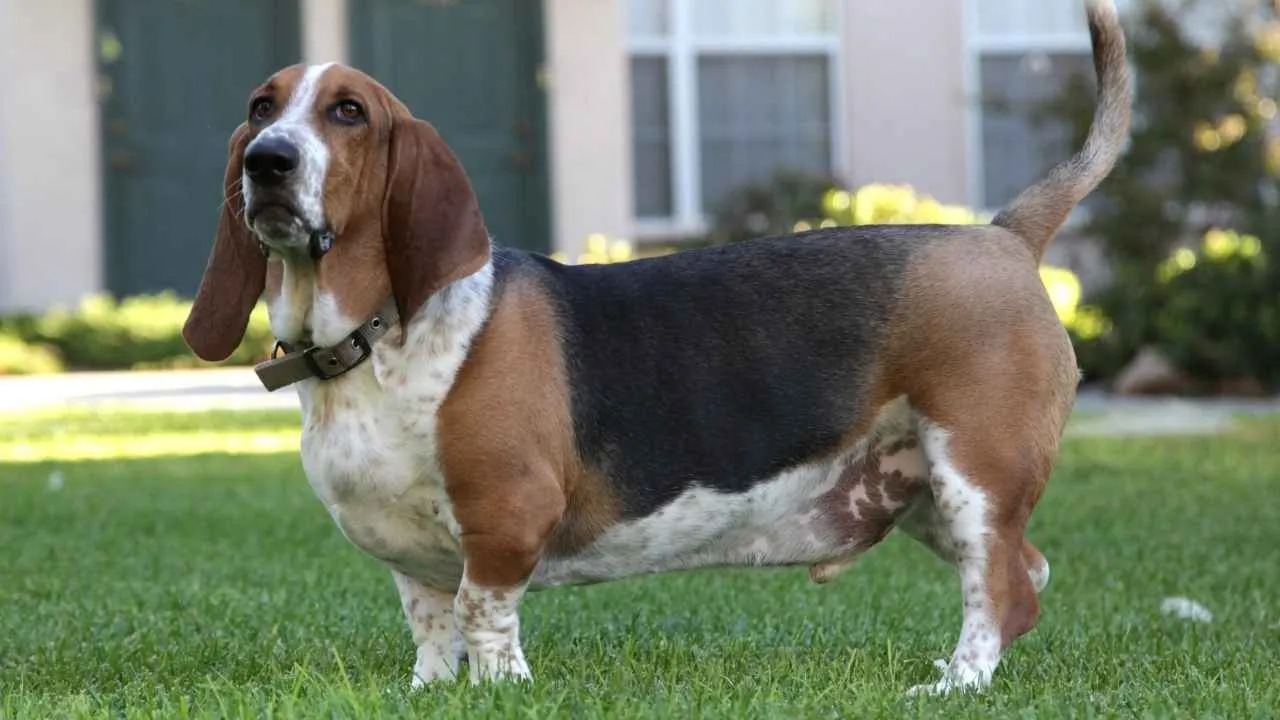
Everything about a Basset Hound hangs low—ears, body, and, unfortunately, their scent standards.
They are incredibly loyal to their families, though they may not always show it with exuberant energy. With their emotionally mild and even-keeled nature, they provide a calming presence in the household, offering steady companionship and quiet devotion that makes them cherished family members.
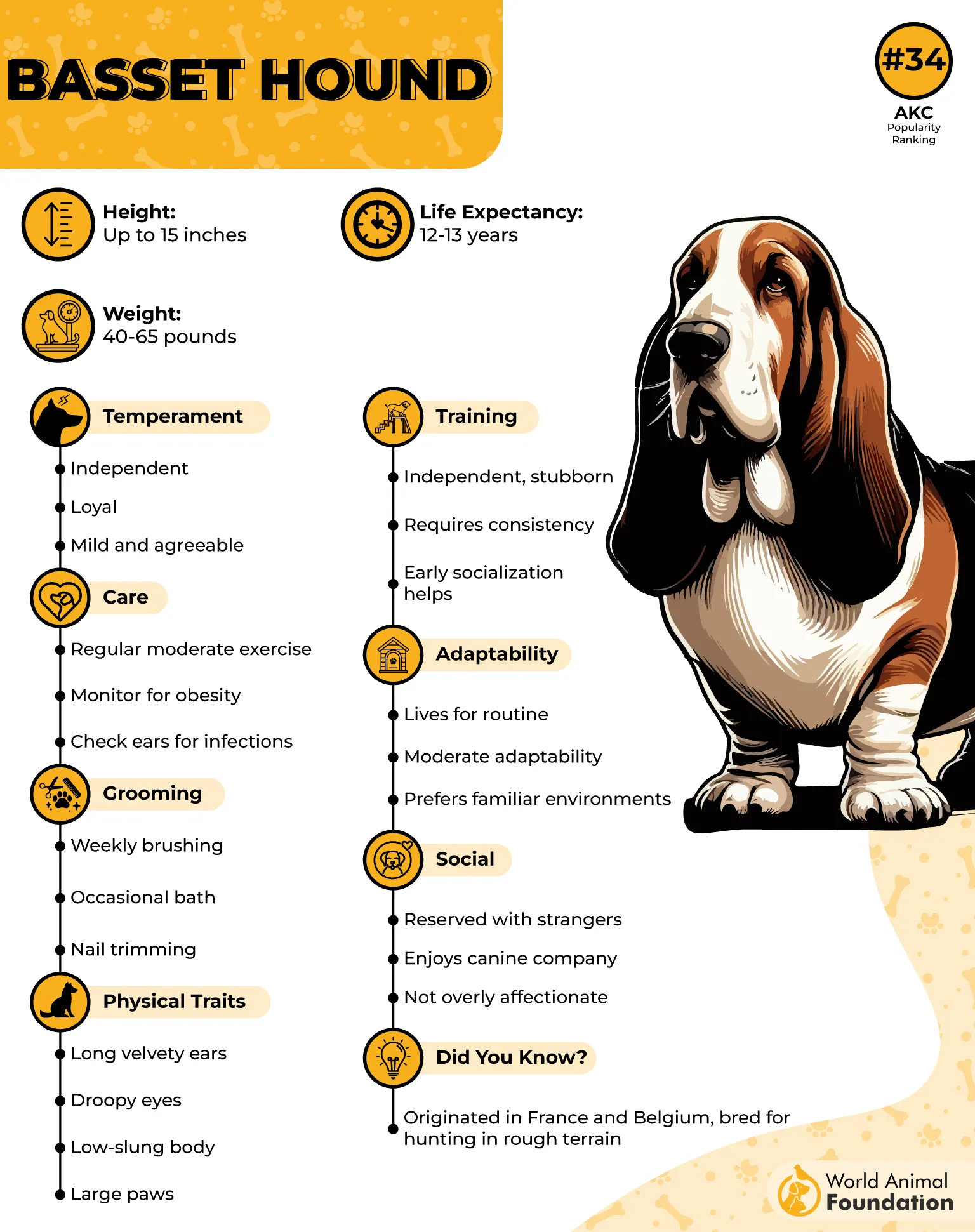
Those long, droopy ears act like natural “drag brushes,” sweeping through grass, mud, and anything else on the ground.
Their oily fur loves to cling to every odor it encounters, while jowls that stay perpetually wet and a naturally high oil output turn your Basset into a walking reminder of the great outdoors.
Charming? Absolutely. Fresh-smelling? Well… not so much.
Ear sweepers: Long ears drag through dirt and grass.
Wet jowls: Adds a slightly musty aroma.
Low-to-the-ground lifestyle: Perfect for picking up outdoor scents.
Despite the noticeable aroma, Basset Hounds are affectionate, funny, and endlessly loyal. Their smell is just part of their rugged, outdoorsy charm.
5. Golden Retriever
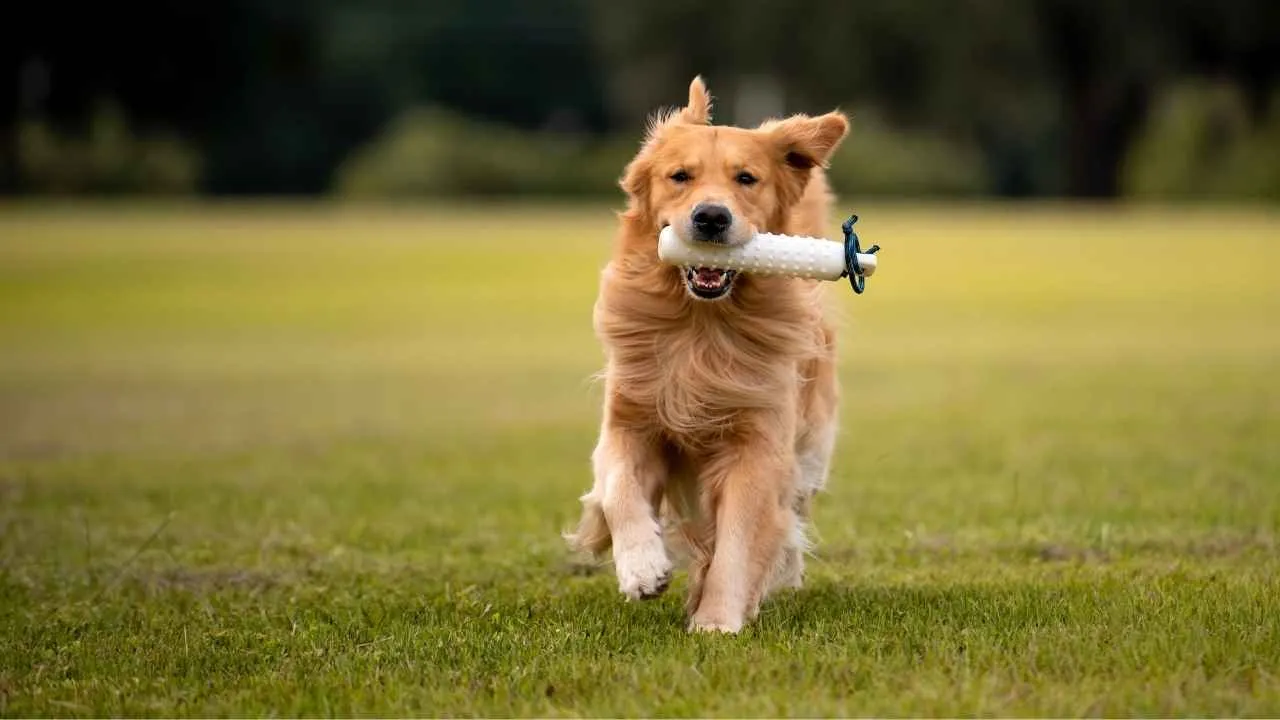
The Golden Retriever is one of the most beloved dogs: famously friendly, endlessly loyal, and… occasionally fragrant. Highly intelligent and eager to please, they excel in roles ranging from therapy work to rescue dogs.
Their thick, water-resistant coats are perfect for swimming, hiking, and getting into all kinds of outdoor mischief—which also means they trap dirt, moisture, and smells like little sponges.
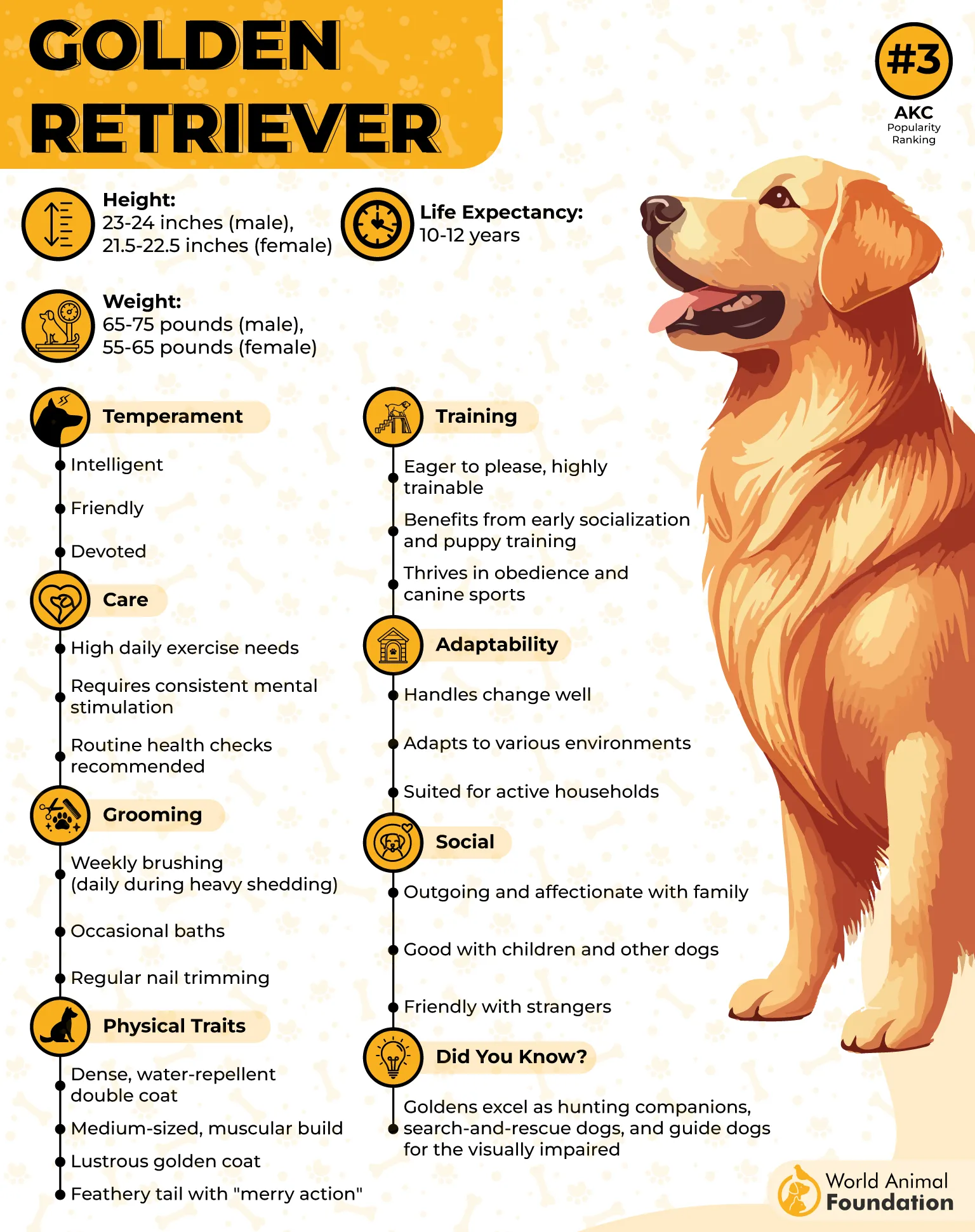
Add in their tendency to dive headfirst into ponds, puddles, or even mud, and you’ve got a dog that can go from “adorable” to “eau de wet dog” in seconds. But let’s be honest: that slightly musky, outdoorsy scent is just part of the charm of living with a Golden.
Thick coat: Traps moisture, dirt, and odors.
Outdoor enthusiasts: Hikes, parks, and mud = lingering scents.
Friendly to a fault: All that social energy comes with a little extra smell.
Despite their occasional pungency, Goldens are endlessly lovable, playful, and loyal. Their scent is just a reminder that they’ve been living life to the fullest—sometimes in the mud. They form deep bonds with their families and thrive on early socialization and regular exercise.
6. Pug
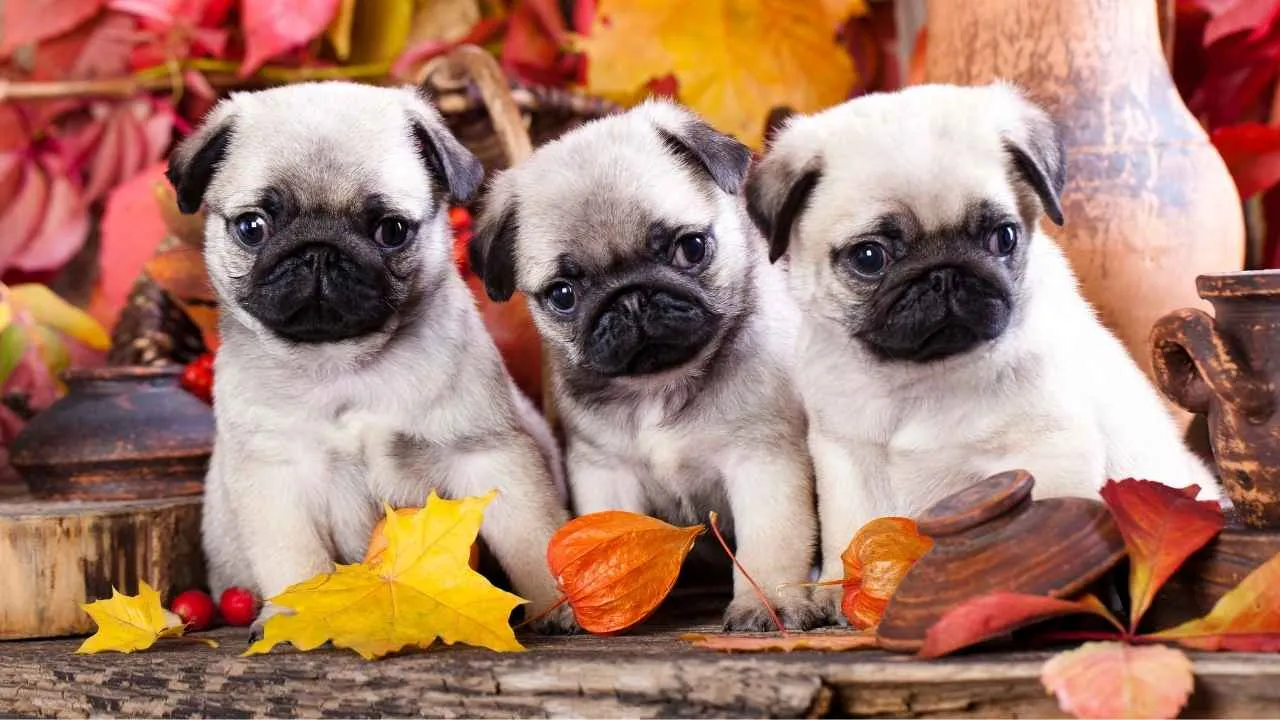
The Pug is a small, charming dog known for its friendly and affectionate nature. With their smooth coat and wrinkled face, Pugs are great family pets who love children and thrive on spending time with their humans.
But these flat-faced dogs with a hidden cost. Their folds can trap food, bacteria, and moisture if not cleaned regularly, leading to red, smelly skin issues.
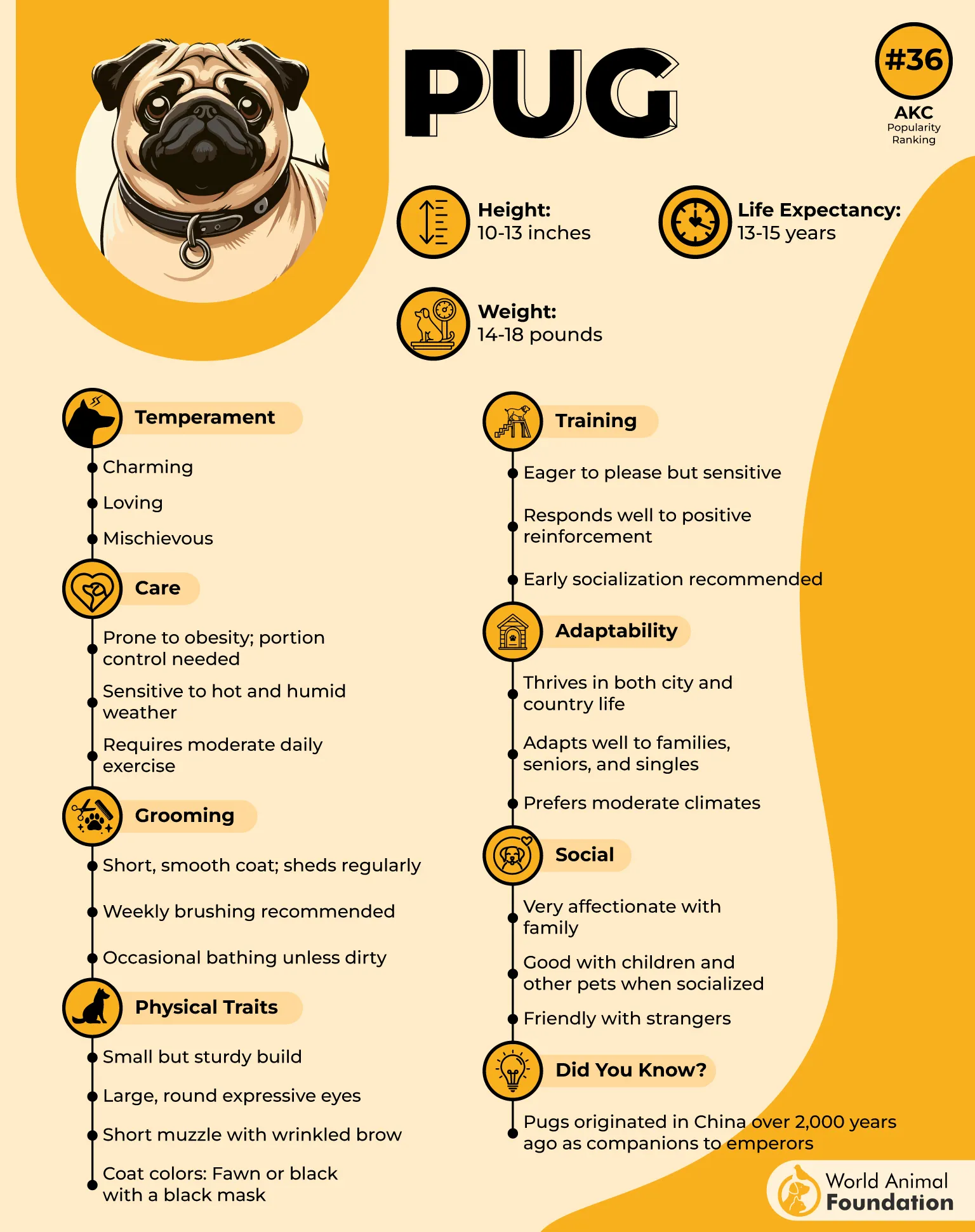
On top of that, Pugs often sport the infamous “Frito feet,” a yeast-related paw smell that shows up in humid weather or if grooming is skipped. Living with these smelliest dog breeds means accepting a little extra aroma alongside all that charm.
Wrinkle traps: Folds hold bacteria and moisture.
Humidity hazard: Smell flares in warm, damp weather.
Low-maintenance mischief: Love comes with a little aroma.
According to the AKC, Pugs are considered the ideal house dog. They adapt well to city or country living, get along with children and seniors, and are equally happy as an only pet or part of a pack, making them incredibly versatile and family-friendly companions.
They form strong bonds with their families and have an easygoing personality, making them ideal nanny dogs for homes with kids. Pugs are social animals who enjoy companionship, and their own unique personality makes them endlessly entertaining and lovable.
7. Shar Pei
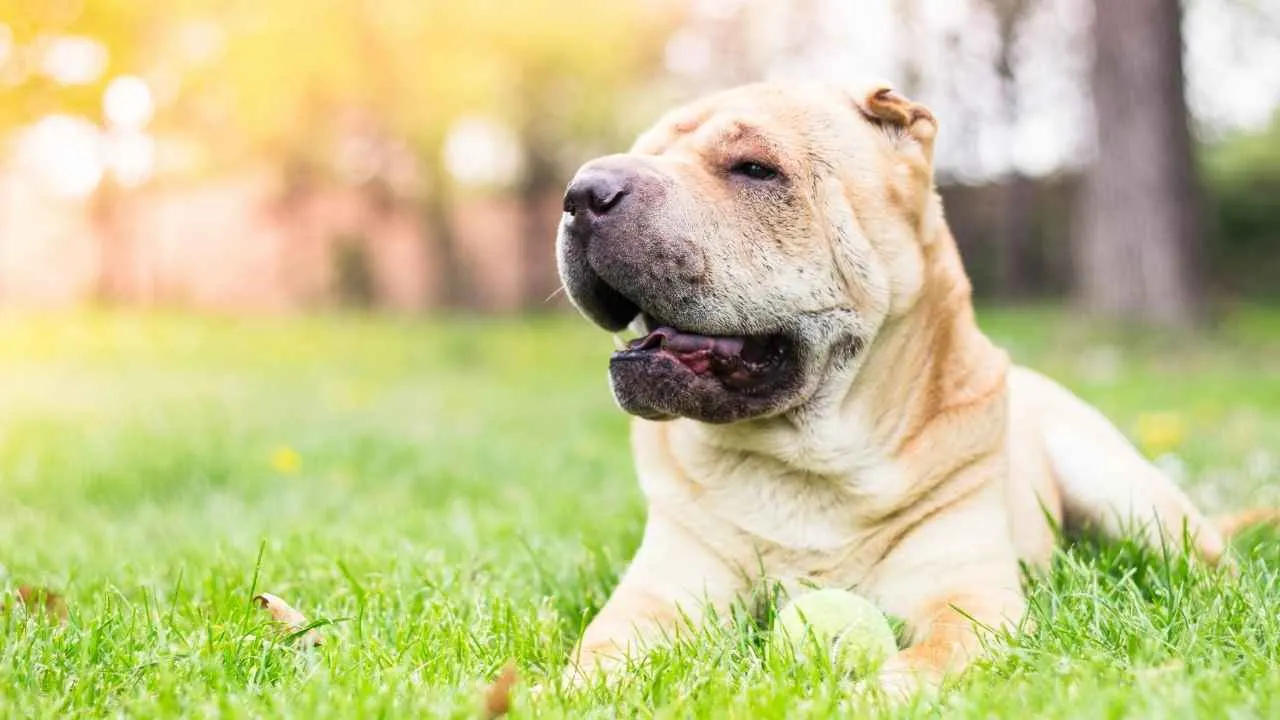
Originally, Chinese farmers bred the Shar-Pei to guard and herd livestock, and by the 1900s, they were also used for hunting boar and protecting homes.
The Shar Pei is a unique and distinctive breed, instantly recognizable for its wrinkled skin and hippopotamus-like face. Every fold on their body is a potential scent trap.
Their skin folds can retain moisture and bacteria, which sometimes leads to infections like pyoderma. Even a freshly bathed Shar Pei can carry a noticeable odor, especially in warm or humid conditions, making them charmingly squishy—but slightly smelly—companions.
Known for being loyal and protective, Shar Peis form strong bonds with their families and can be great companions when properly socialized. They are independent yet affectionate, making them both watchful family pets and loving friends.
Wrinkle wonder: Folds trap moisture and bacteria.
Skin infection prone: Conditions like pyoderma add odor.
Warm-weather warning: Humidity can intensify smell.
While they have a moderate energy level, they enjoy daily walks and playtime, and their short, bristly coat is relatively low-maintenance. While Shar-Peis can become loyal and loving companions, their independent nature and strong instincts can make them a challenge for first-time pet owners.
With patience, early socialization, and consistent training, Shar Peis thrive in a variety of living spaces and can be both calm and sweet-tempered, making them a versatile and devoted addition to the right household.
8. English Bulldog
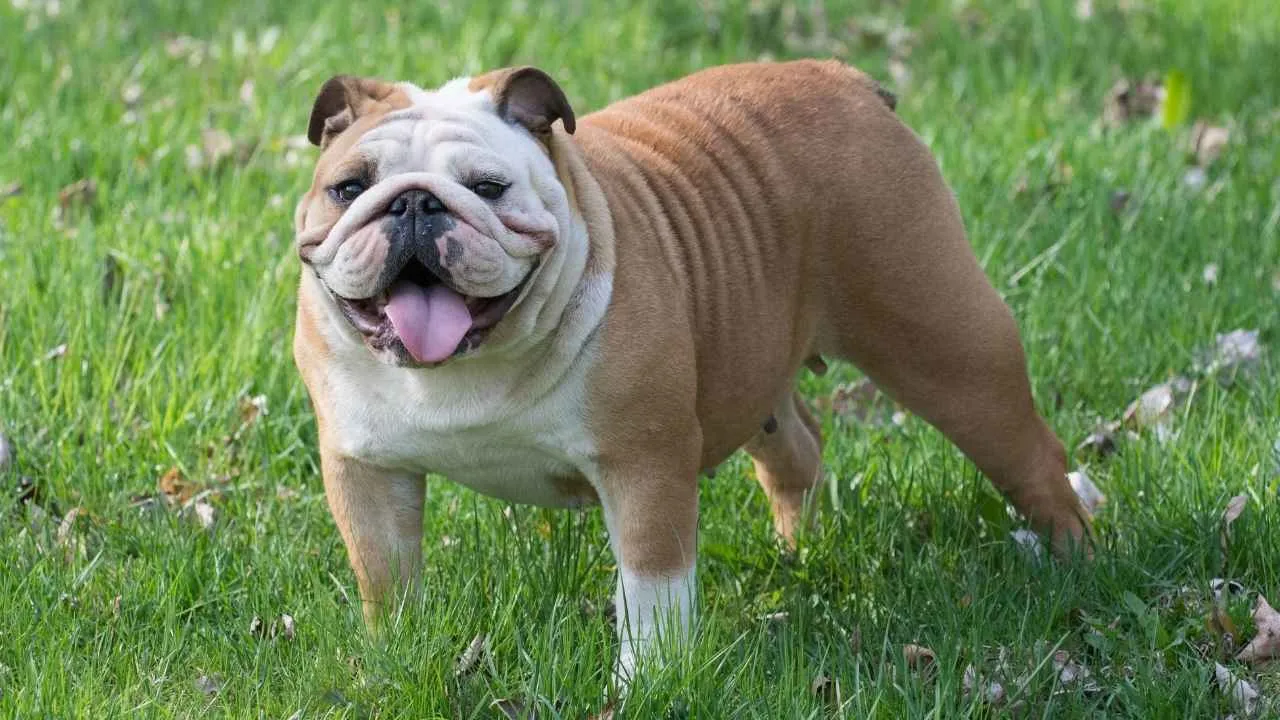
The Bulldog, often called the English Bulldog, is easily recognized by its wide stance, muscular low profile, and short, wrinkled face with a distinctive underbite. Bulldogs are sturdy, with drooping lips and loose skin folds across their face and neck.
English Bulldogs are lovable, stubborn, and impossibly photogenic—but those wrinkles come with a secret: the tail pocket. This small, moist crevice often goes unnoticed, and if left uncleaned, it develops a persistent odor.
Add bacteria thriving in facial folds, around the nose and eyes, and you’ve got a breed that can emit a sour, musky scent if hygiene lapses—even a little.
Tail pocket trap: Hidden crevice collects moisture and odor.
Facial fold bacteria: Nose and eye wrinkles hold smells.Sour musk: A signature Bulldog aroma.
Bulldogs were used as bull-baiters and butcher’s dogs, but through generations of selective breeding, they have become calm, even lazy, and affectionate companions, making them beloved family pets today.
9. Cocker Spaniel
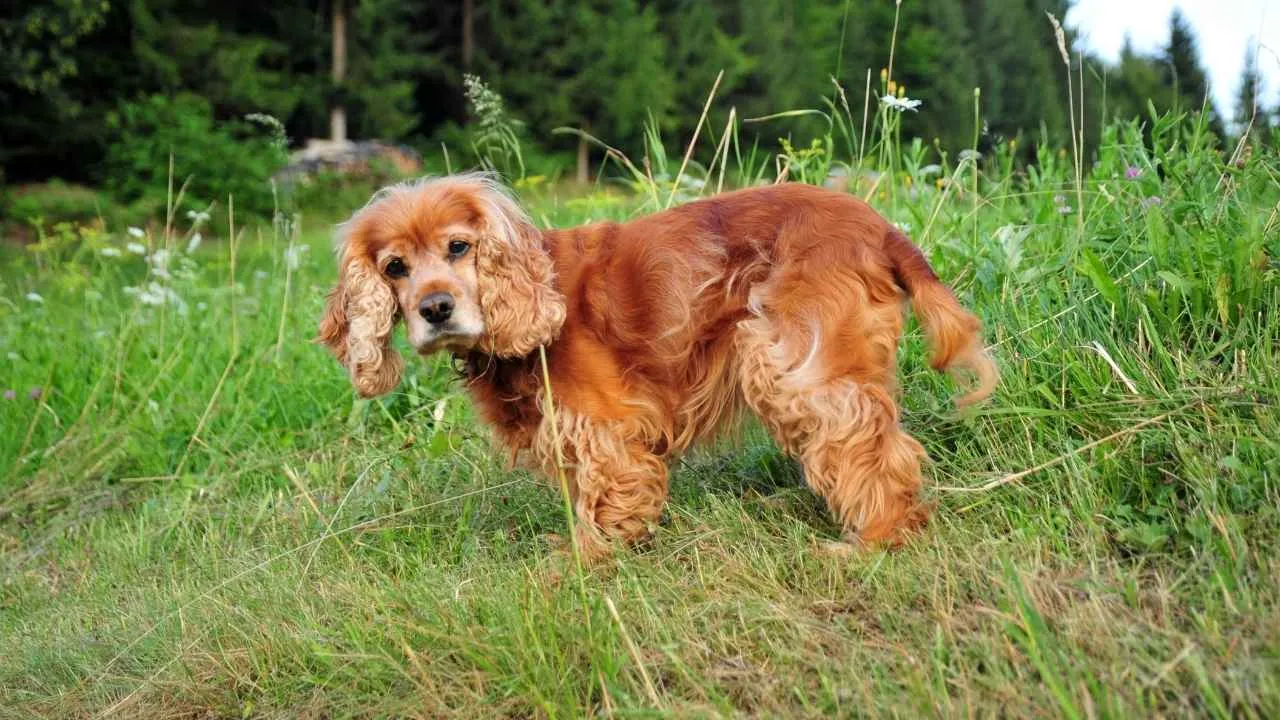
The Cocker Spaniel, also known as the American Cocker Spaniel, is beloved worldwide for its big, round eyes, long ears, sweet face, and playful personality. Originally bred as hunting dogs, they have the size and stamina to keep up in the field, yet are small enough to travel comfortably and cuddle on the couch.
Their friendly and adaptable nature makes them excellent companions for first-time pet owners, as well as families with adults and children, offering both energy for playtime and affection for quiet moments.
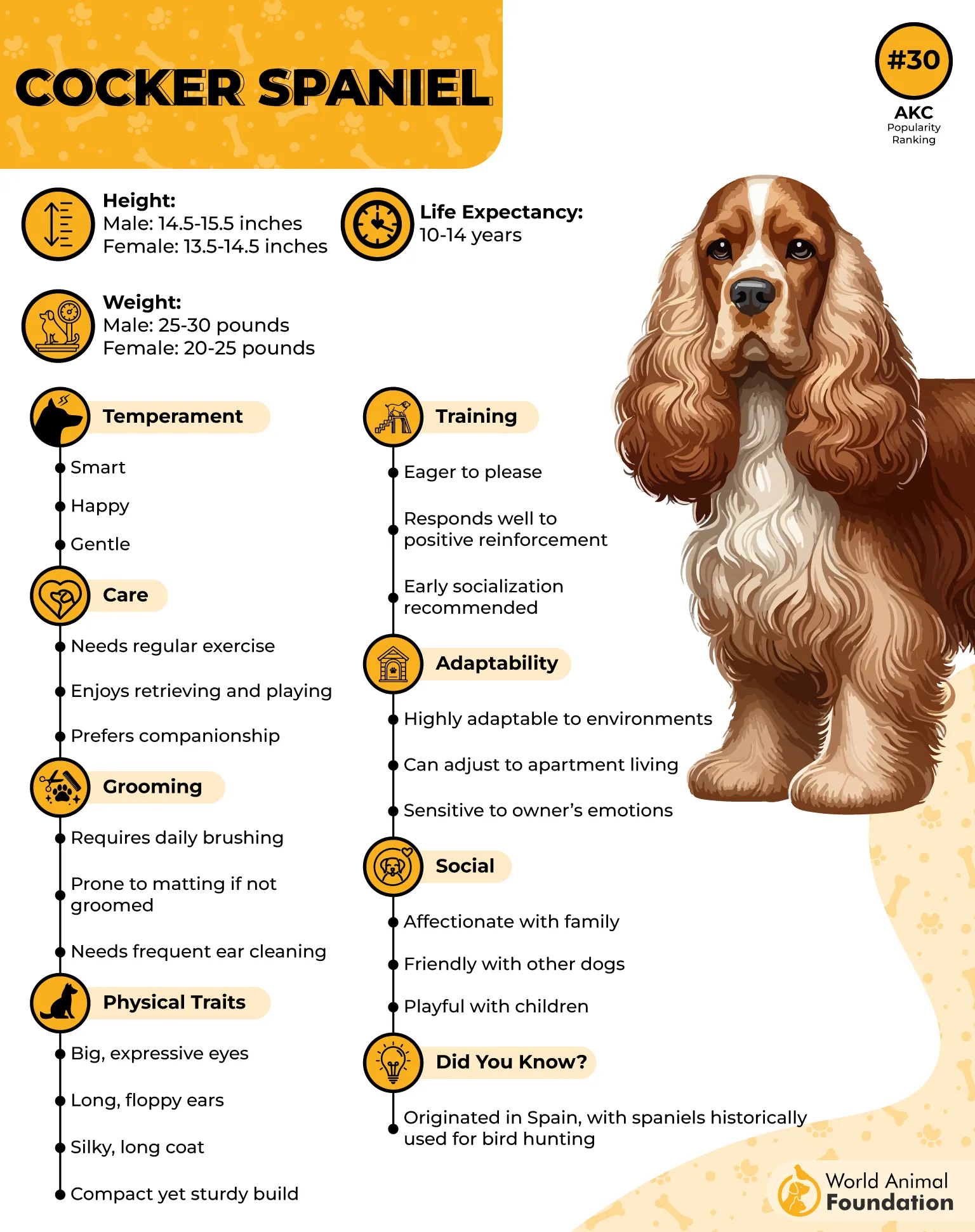
But their signature long, floppy ears come with a downside. Those ears trap heat and moisture, creating the perfect environment for ear infections and a musty aroma. On top of that, dental issues can sneak up quickly.
Crowded teeth collect food and plaque, leading to that unmistakable “dog breath” Cocker owners know all too well. With a Cocker, cuddles come with a side of scent—but it’s worth it for their loving personality.:
Ear traps: Long ears hold heat and moisture.
Musty smell: Infections are common in ear folds.
Cocker Spaniels can adapt well as apartment dogs due to their friendly temperament, manageable size, and moderate energy level. They thrive on closeness with their families, often happily following their owners from room to room, making them affectionate and loyal companions.
Conclusion
Smelliest dog breeds, like Basset Hounds, Boxers, Pugs, and Saint Bernards, tend to have features that contribute to their distinctive smell: thick double coats, oily hound coats, long ears, deep wrinkles, and pushed-in snouts. Their active outdoor lifestyle, long hair, and certain skin conditions can trap moisture and food, while anal glands, smelly infections, and extreme gassiness add to the aroma.
Regular grooming, meticulous cleaning, regular trims, and bathing—ensuring hair is dried properly—are essential to stay fresh and avoid infection. Feeding easily digested, grain-free food with a good protein source can reduce projectile drooling, teeth buildup, and food-related odors.
For breeds prone to smelly conditions, regular attention to cleaning, dental care, and monitoring for signs of skin problems is crucial. With proper care, even the smelliest dogs can remain happy, healthy, and more pleasant for the whole household.


